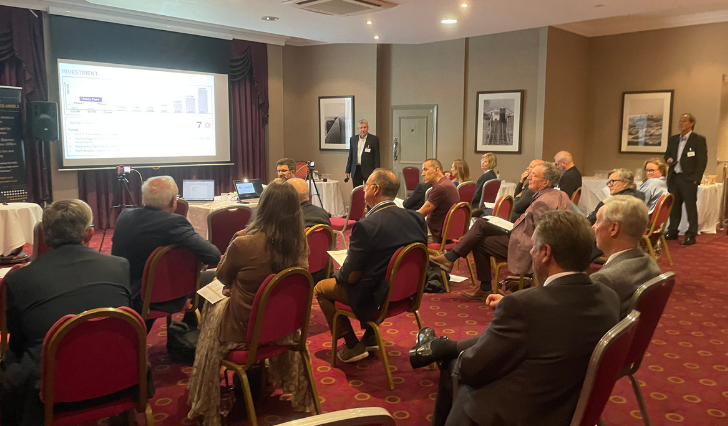Non-disclosure agreements often referred to as NDAs, have featured in the press this week. Abi Sinden from our sponsors Ellis Jones Solicitors thought it would be sensible to write about the different circumstances in which an NDA may be used.
An NDAs is a legal contract whereby a party (or both parties) must keep certain information confidential and only use it for the particular purpose for which it is disclosed.
Many people who have been affected by the dark side of NDAs, have written to the Woman and Equalities Committee stating that they were made to sign NDAs after raising complaints with their employers about bullying, discrimination and sexual misconduct. In other words, employees have been made to sign NDAs upon receiving a financial settlement to cover up potentially unlawful and criminal activity of colleagues. The Woman and Equalities Committee feel that the three month time limit for tribunal cases about sexual harassment and discrimination should be lengthened. The Committee is also lobbying parliament to introduce new laws which would prevent employers using NDAs in whistle blowing cases to cover up the unacceptable and reputation destroying activities of employees.
NDAs should absolutely not be used to prevent employees from their legal right to whistle blow.
However, there are instances when the use of NDAs is required and for good reasons.
NDAs are vital in commerce and industry in order to protect a business’s intellectual property. One of my favourite “Myth Busters” is that you cannot protect an idea; you can only prevent people from sharing it with others by way of a contractual duty of confidence. It is only when that “idea” becomes a tangible asset that different intellectual property protections apply.
For instance, a business may want to approach an investor about a future product or business venture. Another business may wish to enter discussions and negotiations with a supplier or distributor. In these situations having an NDA in place would be welcomed by both parties to keep discussions discreet and prevent third parties obtaining sensitive commercial information about the proposed deal.
Indeed NDAs and having internal procedures in place to protect information may be the only way in which a business can protect its intellectual property. For example, I recently met with a client who was launching a “first to market” product. The client will register its brand as a trade mark to prevent unlawful use of its logo and name, and the product will be automatically protected by design right which protects its shape and configuration. However, the product did not qualify for patent protection as it was not an invention. Further, the client did not wish to apply for a registered design as its design drawings would be in the public domain where it could be viewed by competitors also racing to market. The only remaining method for this particular client to protect its new concept, prototype and design drawings is by way of confidentiality. Having an NDA in place with relevant parties really helps to focus the respective party’s legal obligations and acts as a good deterrent for anyone tempted to reveal any confidential information to others. If an NDA is breached, the injured party would be able to claim substantial damages as well as seek an injunction to prevent the disclosing party from revealing any further confidential information.
NDAs should never be used to prevent people from speaking about unlawful or potentially criminal activity.
However, when it comes to protecting your innovations and intellectual property, NDAs are vital in preventing others from sharing your business ideas and methods with potential competitors.
For more information about NDAs or intellectual property, please contact Abi Sinden.
If you have been asked to sign an NDA in the course of your employment, please contact Kate Brooks.





